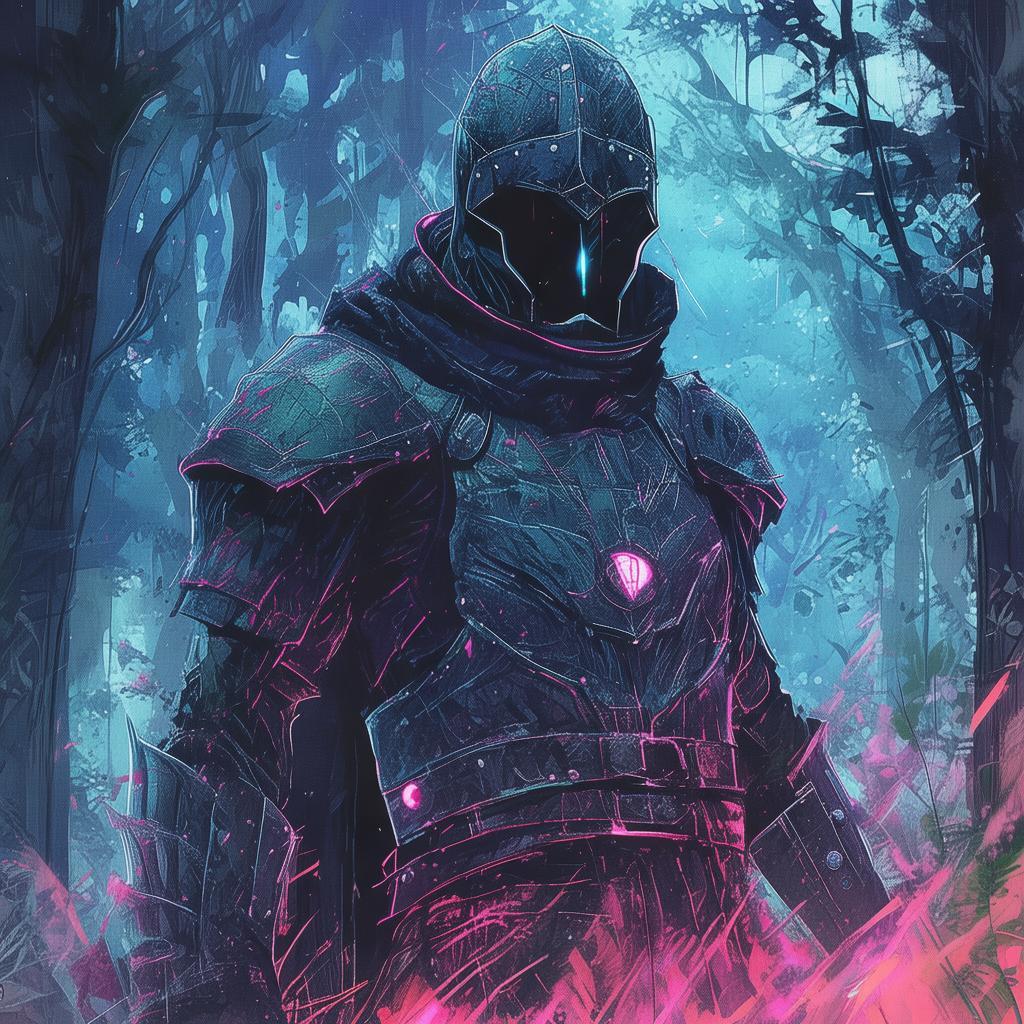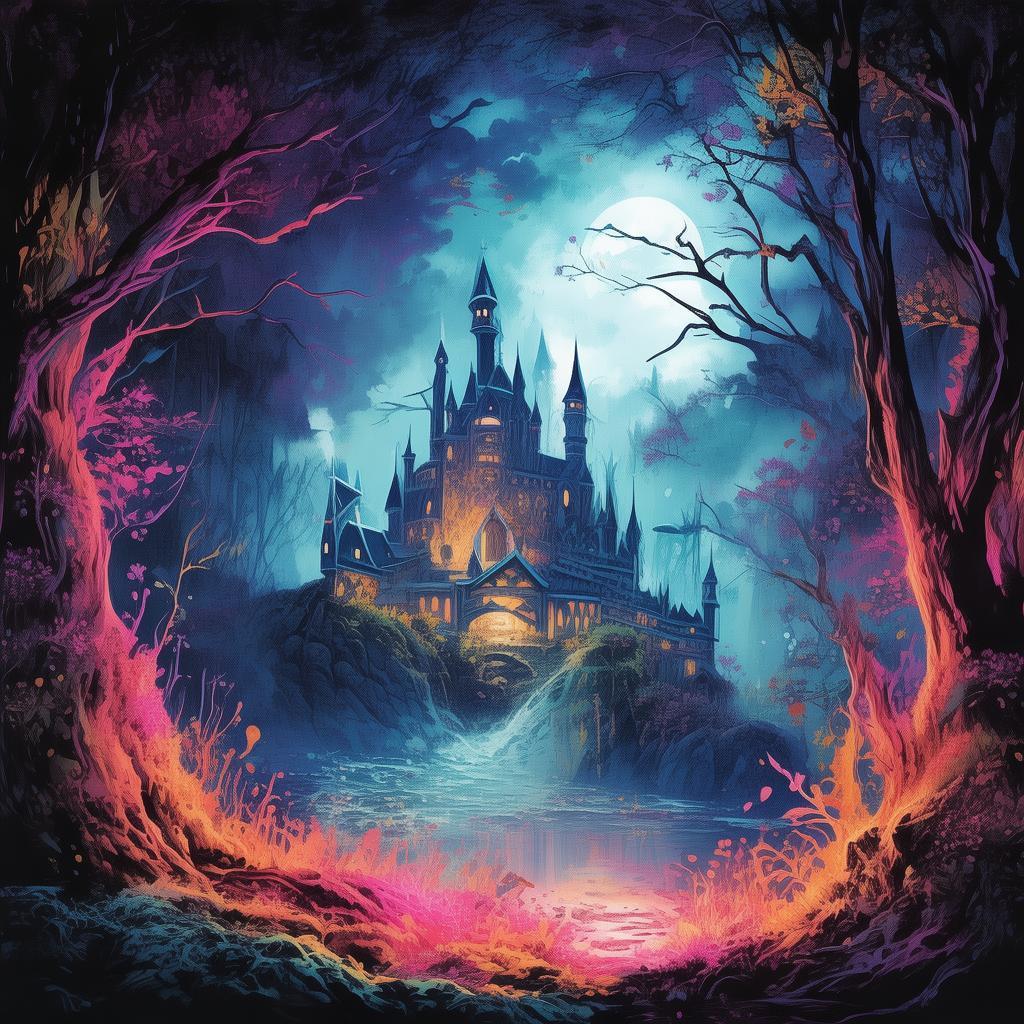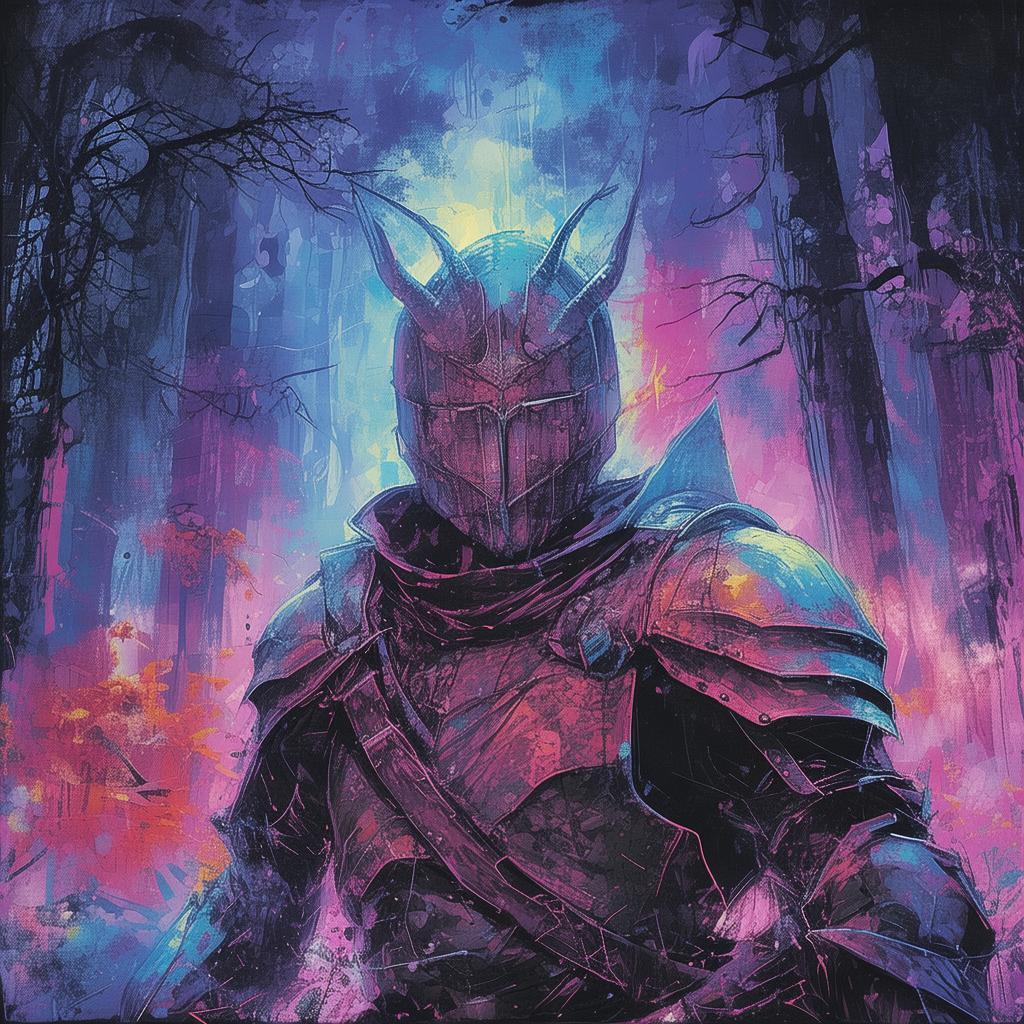The Last Navigator's Dilemma: The Hidden Treasures of the Changzhou Canal
In the heart of China, where the Yangtze River meanders through the fertile plains, lies the storied Changzhou Canal. Built during the 19th century, it has been a witness to the rise and fall of empires, a silent observer to the stories of countless travelers and adventurers. Among these stories, one has grown into a legend, a tale of untold riches hidden beneath the water's surface, guarded by ancient curses and enigmatic clues.
In the year of the dragon, 1878, a man named Liang Ming, known to all as the Last Navigator, set out on a quest that would define his legacy. The Last Navigator was a man of many talents, a master of navigation, an aficionado of ancient maps, and a scholar of forgotten languages. His quest was as much a challenge to his intellect as it was to his endurance.
The legend of the Changzhou Canal's treasure began with the construction of the canal itself. During the 19th century, the Qing Dynasty was in its twilight, and the emperor had decreed that the canal should be adorned with the finest artifacts and treasures. The workers, led by a master craftsman named Feng, had been instructed to ensure that the canal would be a marvel of engineering and a treasure trove of ancient splendor.
But as the workers completed their task, the emperor's decree was revoked, and the treasures were left buried beneath the canal's bed. Feng, fearing for the fate of his work, etched a cryptic map with a series of enigmatic symbols and instructions that would only be deciphered by a worthy successor. This map, known as the Navigator's Compass, was passed down through generations, becoming a legend in itself.
The Last Navigator, Liang Ming, had heard of the Compass and its secrets. Driven by a thirst for adventure and a desire to uncover the past, he embarked on a journey that would take him through the winding waterways of the Changzhou Canal.
The first leg of his journey led him to the ancient city of Suzhou, where he sought out the wisdom of an elderly scholar, Master Wu. Master Wu, a man with a face etched with the stories of centuries, listened to Liang Ming's tale and nodded with wisdom.
"The Compass," Master Wu began, "is a guide, not a map. It points to the path, but it is up to the navigator to interpret the signs."
With the Compass in hand, Liang Ming set sail along the canal, his vessel a small wooden boat that cut through the water with a quiet grace. The journey was fraught with peril; the canal was said to be haunted by the spirits of the workers who had been forced to hide the treasures.
One night, as the moon hung low and the stars shone brightly, Liang Ming's boat was set upon by a mysterious figure. The figure, a woman with eyes like the depths of the sea, whispered words that echoed through the night. "Beware the riddles of the past, for they are as sharp as the edge of a sword."

The woman vanished as quickly as she had appeared, leaving Liang Ming with a single clue: a broken piece of porcelain, adorned with a symbol that matched one of the Compass's enigmatic signs.
Liang Ming pressed on, navigating the canal with the Compass as his guide. He visited temples and monasteries, seeking out clues from the ancient texts he found within their walls. Each clue led him closer to the heart of the canal, where the treasure was said to be hidden.
As the days turned into weeks, Liang Ming's resolve never wavered. He faced challenges both physical and mental, his determination fueled by the promise of uncovering the secrets of the past.
The climax of his quest came when he arrived at a hidden chamber beneath the canal, the entrance marked by the same broken porcelain. Inside, he found a chest adorned with intricate carvings and symbols. As he opened the chest, a flood of light burst forth, revealing the contents to be a dazzling array of jewels, ancient artifacts, and scrolls of knowledge.
But as Liang Ming reached for the treasures, the walls of the chamber began to close in. He realized that the Compass had not only guided him to the treasure but had also been a test of his character. The treasures were a symbol of the past, and Liang Ming knew that he had to leave them where they were.
With a heavy heart, Liang Ming sealed the chest and returned to the surface. As he looked out over the canal, he felt a profound sense of accomplishment. He had uncovered the secrets of the past, but more importantly, he had learned the true value of his journey.
The Last Navigator's Dilemma: The Hidden Treasures of the Changzhou Canal is a story of courage, wisdom, and the enduring power of legends. It is a tale that will forever be etched into the annals of history, a reminder that the past is not just a memory, but a guide to the future.
✨ Original Statement ✨
All articles published on this website (including but not limited to text, images, videos, and other content) are original or authorized for reposting and are protected by relevant laws. Without the explicit written permission of this website, no individual or organization may copy, modify, repost, or use the content for commercial purposes.
If you need to quote or cooperate, please contact this site for authorization. We reserve the right to pursue legal responsibility for any unauthorized use.
Hereby declared.









